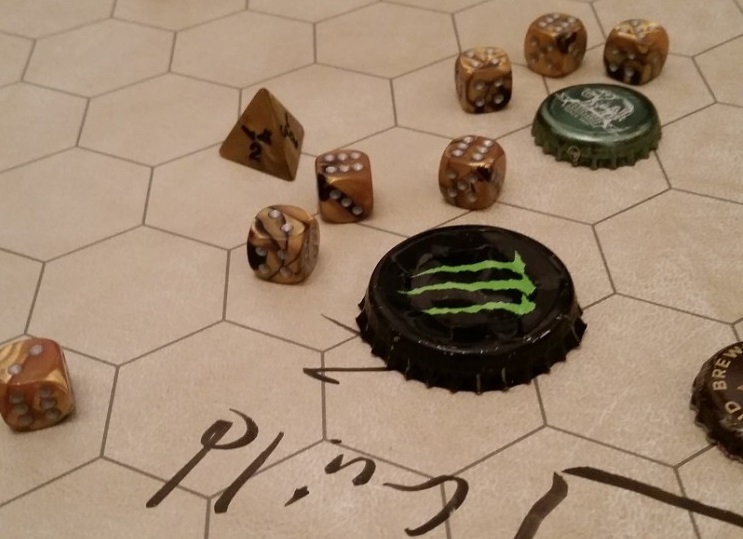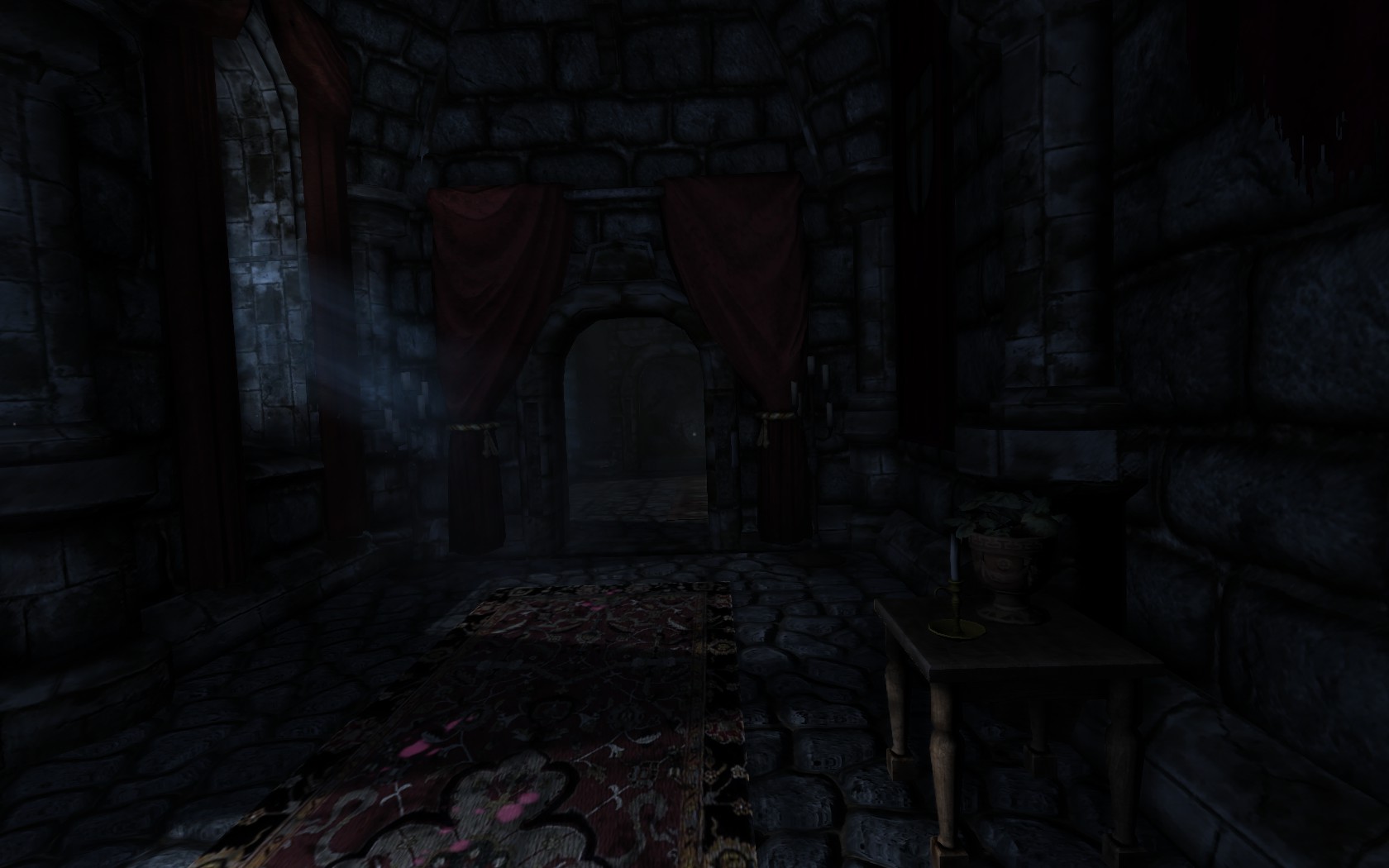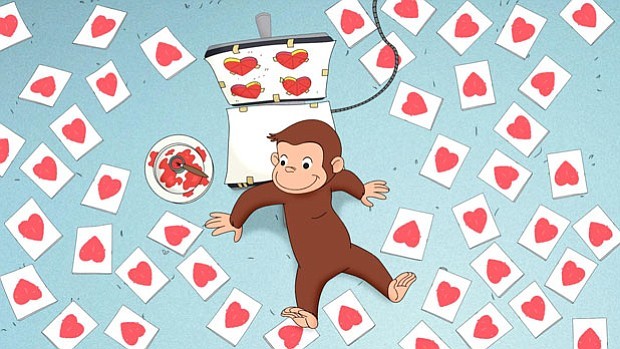In all my years devoted to all things nerdy, I had never played Dungeons & Dragons. Not the traditional way, at least. I’ve spent hours of my life in computer games that have D&D-inspired mechanics. But I felt as though something was eluding me all this time. My digital dungeoneering, for all the joy it brought me, did not quite feel like the authentic experience.
For Multiplayer Month, this was something we at NitWitty set out to resolve. Joined by fellow editors Jordan and Luke as well as Jordan’s girlfriend, we headed to the house of Eric Carr, our own Editor-in-Chief, who would act as our Dungeon Master for the night. The makings of our very first D&D session commenced.
From the Screen to the Table
D&D is pretty much the grandad of nerd culture. Years of playing RPGs such as Neverwinter Nights and World of Warcraft prepared me for the class archetypes, the stats, the team-based gameplay of D&D. But actually playing the game? I had no clue what it’d really be like. I didn’t have a mouse and keyboard to control nor a monitor to hide behind. The dice-rolling would be happening right in front of me instead of behind the scenes. What’s more, a dungeon master (DM) would be directing the adventure instead of a digitized program. I was out of my usual playing field, but I was also among friends – one comfort zone replaced by another.
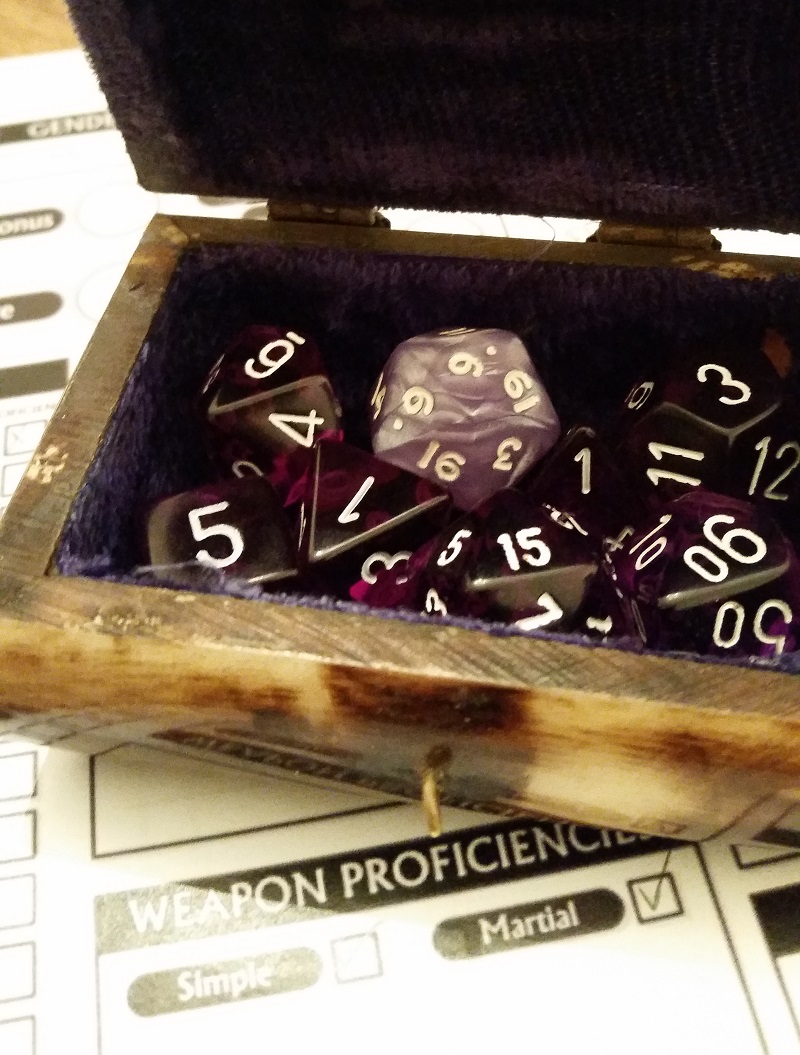
The Hands-On Experience
First up was creating a character. The DM helped me create my character once I arrived at the table (not exactly a kitchen table, I think, but I didn’t let that dilute my experience). We had decided beforehand I would be playing a ranger, so we now had to determine the finer details of my pen and paper avatar – mainly his stats and skills. I knew what to expect from the character archetype – a dexterity-based hero who’s good with swords and a bow. “Like Aragorn,” the DM told me. What I didn’t expect was how randomized the character creation process would be. Sure, I got to choose my race and class, which gave me a default set of stats, but distributing the rest of my strength, dexterity, and other stats (including my pitifully low charisma) was done through random dice rolls.
Unlike when creating a virtual avatar, the only randomizing going on is usually for your character’s appearance. But in D&D character creation, I didn’t spend thirty minutes moving sliders and choosing whether I wanted wavy blond hair or bleached tips. Instead I took what felt like a more active, meaningful role in the process. I ended up feeling pretty pleased with the decent stats and neurotic name of my human ranger.
Roll the Dice, Don’t Think Twice
Rolling dice would continue to be an essential part of the D&D experience. These multi-sided hedrons were used for everything from determining my character’s starting stats to the potency of my blows. Even the success in something as simple as accepting a knife from another player was determined by a roll of the dice. It kept the flow of the game constantly engaging. Even watching other people throw their dice was an event worthy of my attention.
Mouse and keyboard aren’t quite as… tactile? Interactive? They aren’t as throwy as dice are; your hands don’t really leave them. Movement in computer games lets you traverse through a game’s graphics to your destination. You see an artist’s vision come to life, but in D&D, you are the artist. The DM can set up the mood and your surroundings, but it’s up to you whether it really comes alive or not.
Good Thing I’m Flexible
Another surprising aspect was how flexible the game could be. Dice rolls showed us how our actions played out, but those results weren’t set in stone. And it’s all thanks to the quick-thinking improv abilities of the DM.
I quickly learned how D&D could thrive in the gray area. It can have rules only as far as it gives the game structure. Structure is important to most games, but fun even more so. One of the DM’s many roles is to make sure things stay fun and fair. Rolling a 2 could be the most demoralizing thing when the party’s in a bind, but an astute DM who senses the ensuing panic can step in and soften the blow. When our party was surrounded by skeletons, the DM would occasionally have them get knocked into each other. Or when damaged, they’d crawl around on the ground, harmless if kept at a distance. Little touches like those made the encounter feel more manageable, the situation not so dire. It also felt very immersive, like of course these low-level skeletons would act in that way. The learning curve and flexibility made the other players and I feel more like battle-hardened adventurers instead of the bumbling dorks our dice so wanted us to be.
In a video game, when the dice decree that you rolled a low number, it is the Law. There is no room for leniency, no chance to appeal for a more favorable outcome. The results of the roll is hard-coded into the game. If you want a do-over, the player has to take action himself. In single player roleplaying games, you can choose to manipulate your save file if things don’t go your way. For example, say you pop a cooldown on a powerful spell and completely whiff. You can reload your save file to the moment before you previously engaged your target to spare yourself a lot of frustration. The problem is that this completely breaks your immersion of fighting for your life in a fantasy world. That’s the tradeoff for playing a preprogrammed game versus the organic experience of tabletop; the rules set in place that dictate the results of attacks, blocks, and misses are much, much harder to bend.
On the other hand, there is also a chance these rules could be bent the other way. I was surprised, delighted even, to find that if things were going too far in our favor (or if, say, a certain cocky ranger kept biting off more than he could chew), the DM could knock us adventurers down a peg or two. For example – the luck of the dice had been with me for a turn or two in the battle with the skeletons. My luck ran out on a bad dice roll, and instead of simply missing my second of two attacks, the DM, opportunist that he was, decided my miss resulted in flinging one of my character’s short swords far from reach, handicapping my ranger to a single, much weaker attack.
It was in these moments that the game came alive. Instead of inputting keyboard commands and seeing your actions output in a screen, the realm of possibility in pen and paper D&D extends to the imaginations of the players. Losing your sword in a video game is out of the question, but in pen and paper D&D it’s one of a million possible outcomes.
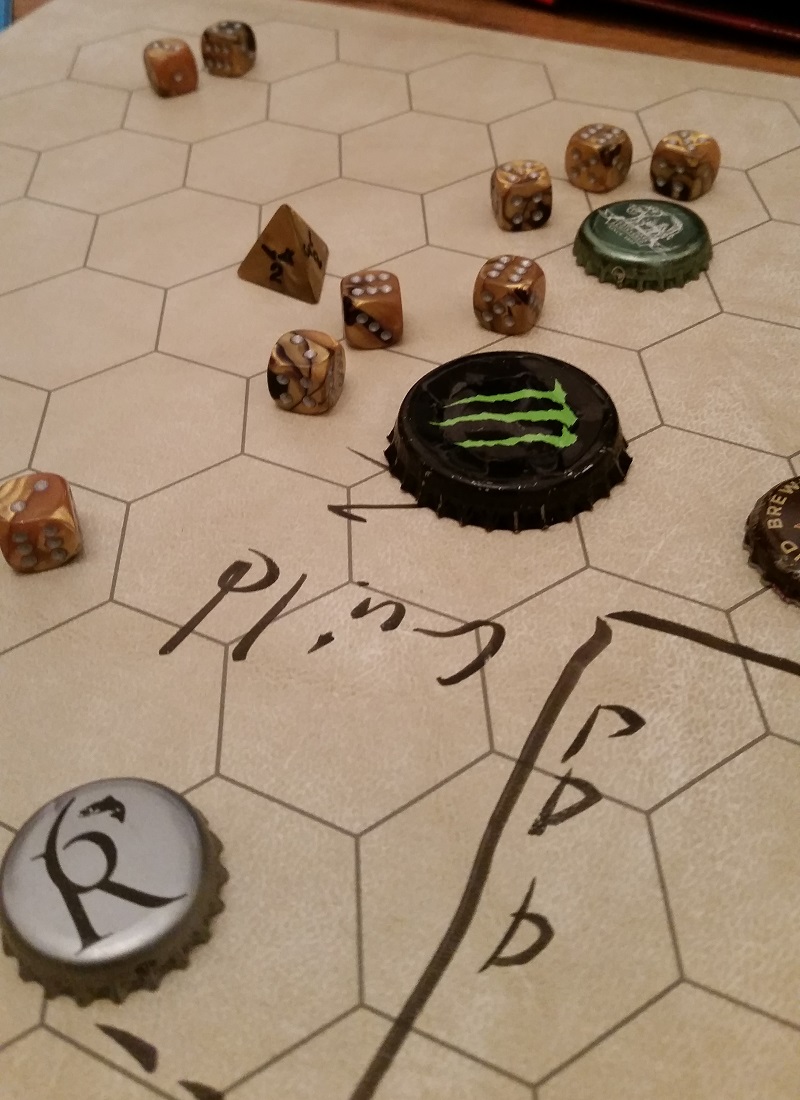
Let the Creativity Flow
The most surprising part of the entire session was the creativity infused into every action. Although dice rolls told our party how our actions played out, it was up to the power of imagination to show them. Without a doubt, the DM gets the most credit for this. His narration of the flow of battle and the effects of our decisions kept us on our toes and laughing all the way through.
For example: our rogue landed a successful blow on a skeleton, which didn’t simply strike the skeleton but cleaved a part of its skull away. In a video game, a critical strike can be distinguished from regular attacks with a special animation. This gives the player a gruesome yet aesthetically pleasing reward for landing the hit. I’ll admit that turning a zombie’s head into a spurting crimson geyser doesn’t get old for me, but not much will change as the game goes on. The kills never get more grisly or cinematic. In our D&D session, our attacks could have a number of different effects. Low dice rolls resulted in glancing blows and non-fatal hits; high rolls knocked units back and shattered skulls. Every action had the potential to be represented in a much more cinematic fashion. For example, our cleric rolled a strength check to break down a skeleton-spewing machine. He got a natural 20, which didn’t just break the machine, but demolished it completely and sent shards of metal and nasty bits scattering across the chamber.
Video games are great at representing combat visually, but against the limitless potential of a creative DM, they don’t have nearly the staying power.
From a storytelling angle, there was even more room to facilitate player decisions in the non-digital dungeon. Games like Dragon Age are renowned for the high stakes decisions you have to make to see where the story goes, like deciding if a city leader lives or dies. I love those games dearly, but none of the decisions in those games seemed as dire – as immediate – as when our D&D party were confronted with the decision of what to do next. Deciding how to handle the crazed yet unabashedly goofy necromancer was difficult not because we knew the possible outcomes – quite the opposite. It is because of our off-the-cuff, seat-of-our-pants decision to try things that led the story in interesting, unexpected places. I’m sure fighting the necromancer as the final boss encounter was a possible outcome (it certainly made sense to me as a gamer), but how we got there was the surprising part. Choosing to engage him in an unspeakable sexual act that will absolutely not be reprinted here will be something that I’ll always favor D&D for over the linear stories offered by video games.
There and Back Again
My time with Dungeons & Dragons was filled with surprises. It delighted me every step of the way. Much of that can be attributed to gathering ‘round the table with friends. I can see myself enjoying this activity for a long time, and I can’t wait to return and see the fun that ensues next.
Of course, these are just my observations with a single session. Everyone’s enjoyment will depend on your DM and his or her quirks, tendencies, and improv abilities (turns out mine was pretty damn good). However, if you’re coming into a pen and paper campaign from a lifetime of digitized dice, you might find yourself having a similar experience as me. The only thing you can and should do is try it and see the difference for yourself.

